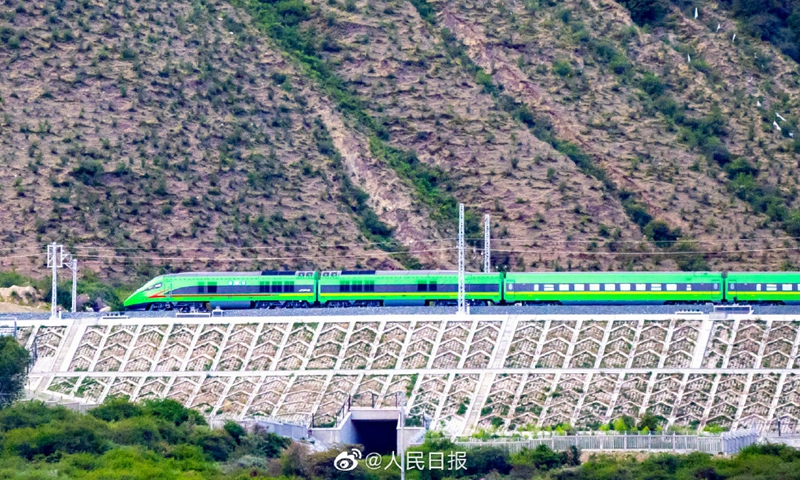China is known for taking its engineering skills to new heights. From laying a high-speed railway line on the roof of the world to building a highway through the world’s deepest gorge to constructing a 10-story building in a jiffy — Chinese workers have done all these effortlessly.
A Chinese real estate developer, Broad Group, has developed a unique construction material, which enables it to assemble the building blocks and construct a multi-story tower in a matter of 28 hours.
Established in 1988, the company has been involved in constructing air-conditioning and clean air systems, according to Interesting Engineering.
In 2009, the Chinese firm came up with its unique construction material known as ‘B-CORE slab’, which is made of stainless steel with a copper brazing. Lightweight, yet the slab is extremely strong. With these, Chinese workers constructed a 10-storey building just in a day.
How It Is Done
The company manufactures prefabricated structures which are simply assembled at the construction sites. The prefabrication is usually done for the dimensions of slabs measuring 40 feet in length, 8 feet in width, and 10 m in height.
The standard prefabrication enables all the slabs to be transported in the shape of a standard container en route to any destination worldwide. After reaching the site, the modules can simply be unpacked and assembled.
The structure of the building does not comprise columns but boasts wide windows as well as balconies. The company claims that the positions of the various fittings in the structure can be altered even after the building is assembled.
According to the company, the assembly of such a structure can be completed within 28 hours, as before assembling the structure, other construction works such as flooring, walls, and electrical fittings are usually completed. Thus after assembly, the building can be made habitable after connecting it with water and electricity supply.

The building, the company claims, is earthquake and typhoon-proof and is almost 20 times more efficient than a conventionally constructed building.
This is not the first time that China is constructing buildings in a record time. Early last year, during the initial outbreak of the Coronavirus, the Huoshenshan hospital encompassing an area of 25,000 square meters was built in Wuhan in just eight days.
Yanzhong Huang, a senior fellow for global health at the Council on Foreign Relations, had cited the Chinese “top-down approach” as the reason for success in such endeavors. He stated that the Chinese “can overcome bureaucratic nature and financial constraints and are able to mobilize all the resources”.
US Marines Print 3D Bunkers To Hide Rocket Launchers From Chinese Eye
Chinese Engineering Marvels
In 2014, China had proposed the construction of an 8,000-mile rail line stretching four continents called the ‘China-Russia-Canada-America’ line, reported IflScience. Wang Mengshu of the Chinese Academy of Engineering had stated that the railway line will start from northeastern China and cross further north through Siberia to the Bering Strait.

Through a tunnel, it is then expected to cross the Pacific Ocean, reach Alaska, Canada, and then end its journey in the US. Lying between the Pacific and the Arctic Oceans, separating the Russian Chukchi Peninsula from Alaska’s Seward Peninsula, the train will cross the Bering Strait through a 200 km long tunnel.
The tunnel would be constructed using the same technology, which is being used by China in the construction of the high-speed railway tunnel from Fujian to Taiwan. Chinese experts are of the opinion that the railway line from China to the US will be 13,000 km long, a distance a high-speed train can cover in just two days.
In an earlier report, The EurAsian Times reported that China is constructing a high-speed railway line linking Ningbo, near Shanghai to Zhoushan, an archipelago located on the east coast. The railway line will pass through a 16.2 km subsea tunnel, a first-of-its-kind in the country.

Days before the centenary celebration of the Communist Party of China (CCP), the country inaugurated its first electrified railway line in the high-altitude region of Tibet. The rail line links Tibet’s capital Lhasa with Nyingchi city, The Global Times reported.
Earlier this year, China completed the construction of a strategic highway through the Brahmaputra (Yarlung Zangbo, as the river is known in Tibet) Grand Canyon, the world’s deepest gorge.




